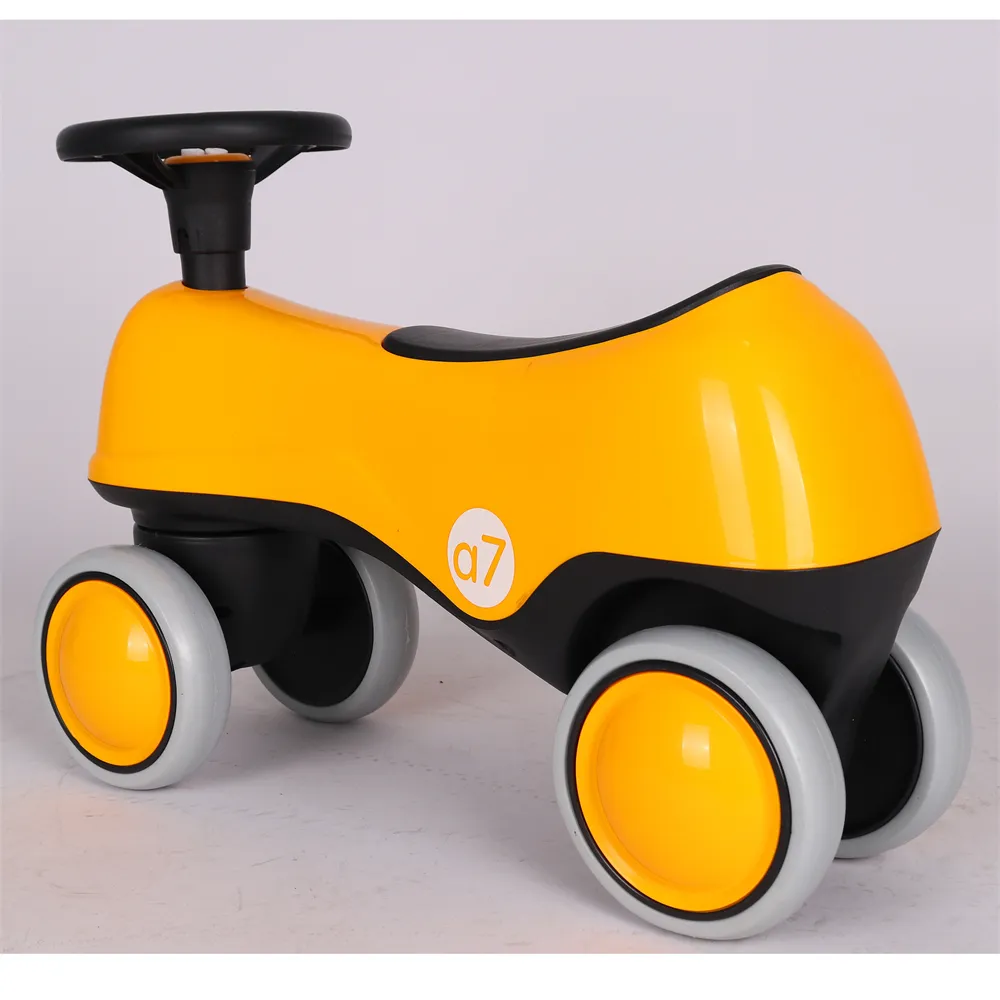Are Balance Bikes Safe and Beneficial for Infants and Young Children
Are Balance Bikes Good for Babies?
In recent years, balance bikes have gained immense popularity as a preferred choice for toddlers and young children learning to ride. These innovative bikes, designed without pedals, require children to focus on balancing and steering, making them an ideal first step toward riding a traditional bicycle. But are balance bikes good for babies? This article explores the benefits, recommendations, and considerations for introducing balance bikes to your little ones.
Understanding Balance Bikes
Balance bikes are typically made for children aged 18 months to 5 years, focusing on teaching balance, coordination, and confidence. Unlike tricycles or bicycles with training wheels, balance bikes allow kids to use their feet to push off the ground and maintain their balance while gliding. This design encourages children to develop the necessary skills for riding without the fear of falling, as they can easily stop themselves by placing their feet on the ground.
Benefits of Balance Bikes
1. Developing Balance and Coordination Balance is a crucial skill for riding a bike, and introducing a balance bike at an early age can help children learn this skill effectively. As they glide and steer, they build motor skills and gain confidence in their ability to control their movements.
2. Promoting Independence Balance bikes encourage independence since children can start riding without adult assistance. This sense of freedom boosts their self-esteem and allows them to explore their environment at their own pace.
3. Safety Features Balance bikes are generally lower to the ground, making it easier for toddlers to get on and off. The absence of pedals and the ability to stop with their feet enhance safety, allowing children to learn in a less intimidating environment.
4. Physical Exercise Riding a balance bike promotes physical activity, which is essential for healthy development. It encourages gross motor skills while providing an enjoyable way to stay active outdoors.
are balance bikes good for babies

5. Transitioning to Pedal Bikes Children who start with balance bikes often transition to pedal bikes more seamlessly. The skills they develop—such as balance and steering—carry over, making the learning curve significantly shorter.
Recommended Age for Balance Bikes
While balance bikes can be introduced around 18 months, parents should choose based on their child’s physical development and comfort level. Look for bikes that are adjustable, ensuring that the seat height can accommodate your child as they grow. A good rule of thumb is that your child should be able to place their feet flat on the ground for optimal safety and confidence.
Considerations for Parents
While balance bikes can be a fantastic starting point for young riders, parents should consider a few factors
- Safety Gear Just as with any biking activity, it’s important for children to wear appropriate safety gear, including a helmet. Though balance bikes minimize the risk of serious injury, falls can still occur, and protective gear helps prevent scrapes and bruises.
- Learning Environment Start in a safe, open space, free from traffic or hazards. Flat surfaces like parks or driveways provide ideal settings for children to practice without the worry of obstacles.
- Encouragement and Supervision As with any new skill, encouragement is key. Be actively involved, offering praise and support while keeping a watchful eye during their practice sessions.
In conclusion, balance bikes can be an excellent choice for babies and toddlers as they offer an enjoyable and effective way to learn balancing skills. They promote independence, confidence, and physical fitness while laying the groundwork for future cycling adventures. When selected thoughtfully and used in a safe environment, balance bikes can provide countless hours of fun and development for young children. So if your little one shows interest in riding, consider introducing a balance bike into their playtime!
-
The Perfect Baby TricycleNewsAug.11,2025
-
Ride into Fun with Bikes for KidsNewsAug.11,2025
-
Ride into Adventure with the Perfect Kids Balance BikeNewsAug.11,2025
-
Fun and Safe Riding with the Best Childrens ScootersNewsAug.11,2025
-
Find the Perfect Childrens Bike for Your Little OneNewsAug.11,2025
-
Explore the Best Baby Tricycles for Your Little OneNewsAug.11,2025
-
Three-Wheel Light-Up Scooter Benefits for KidsNewsJul.11,2025








